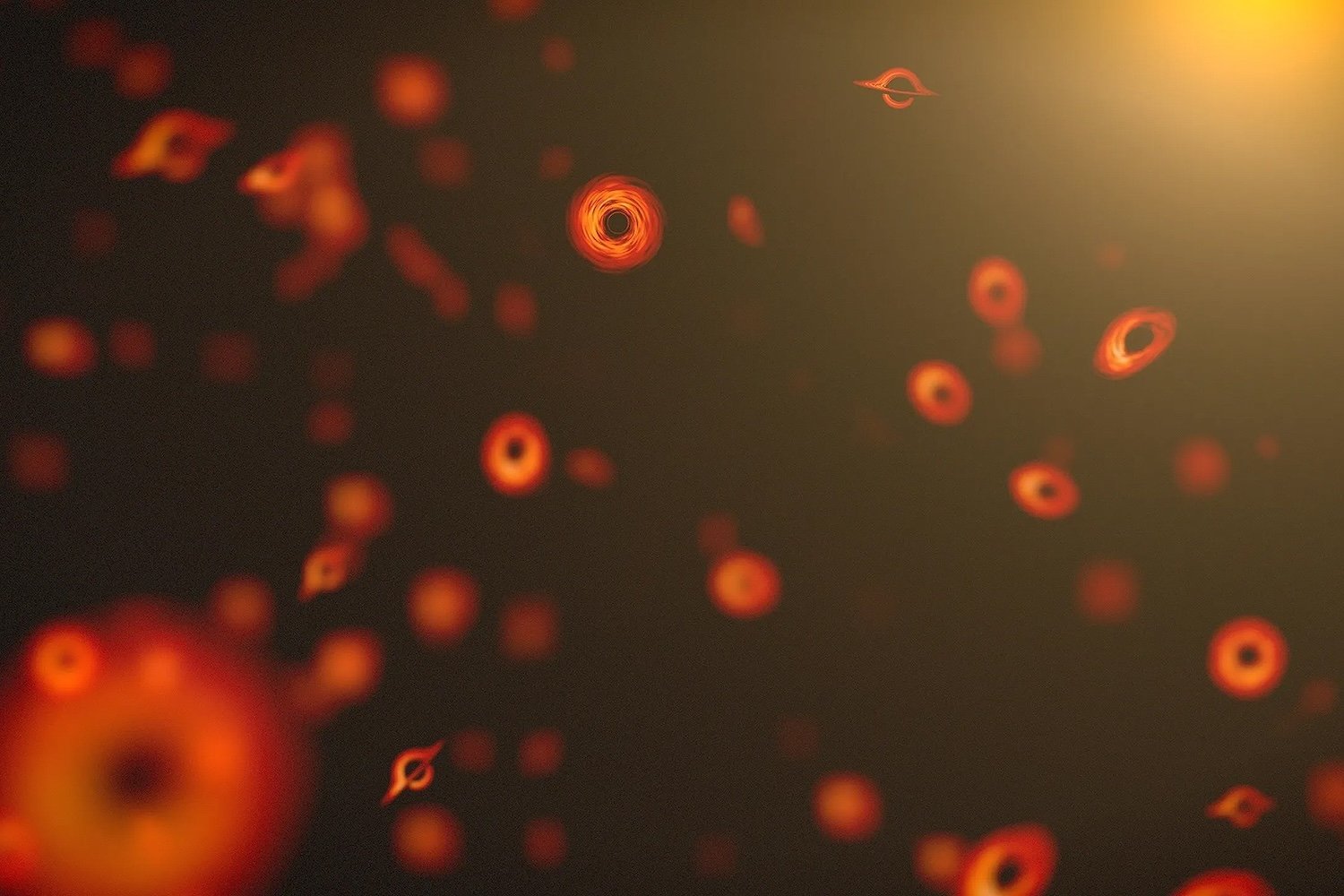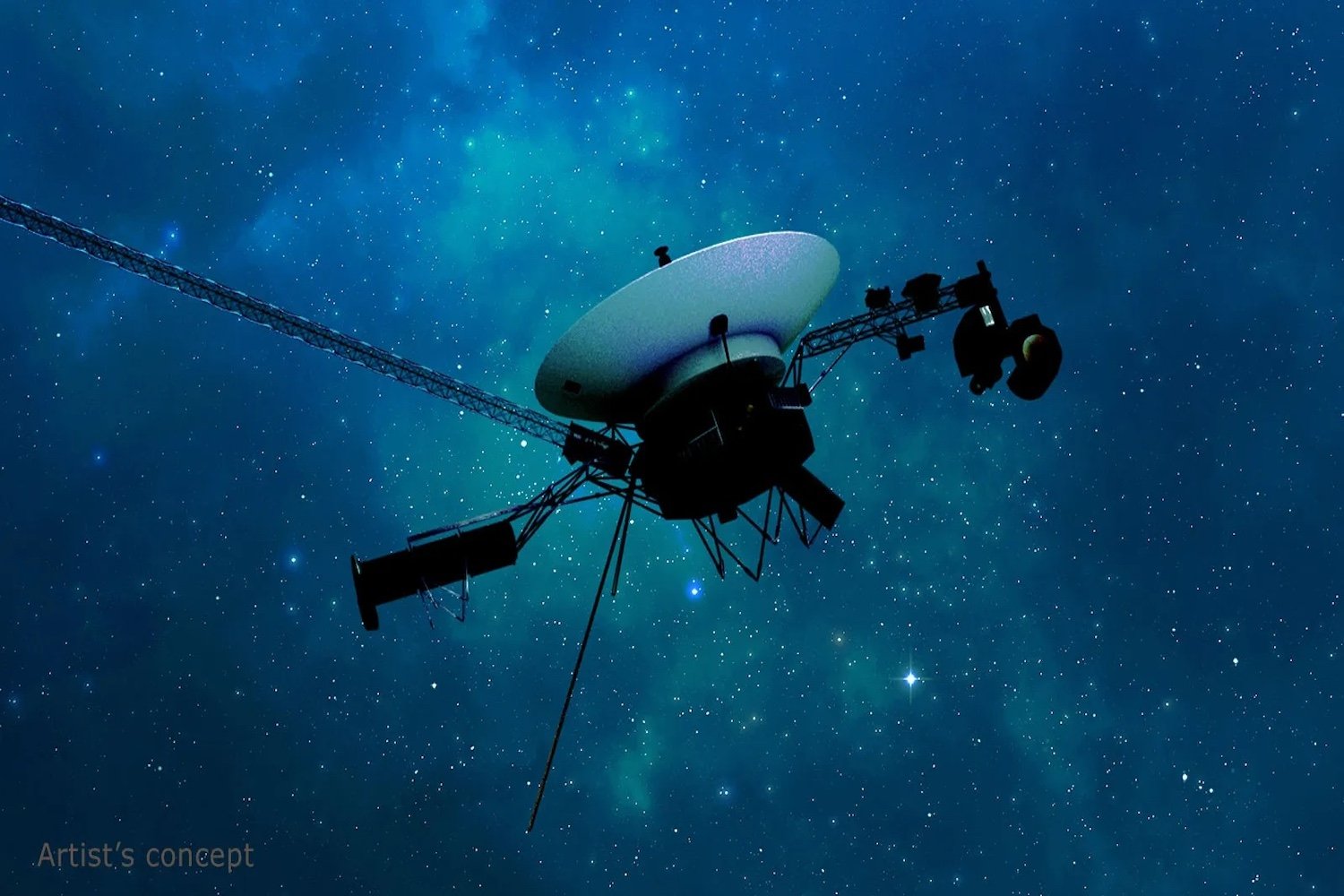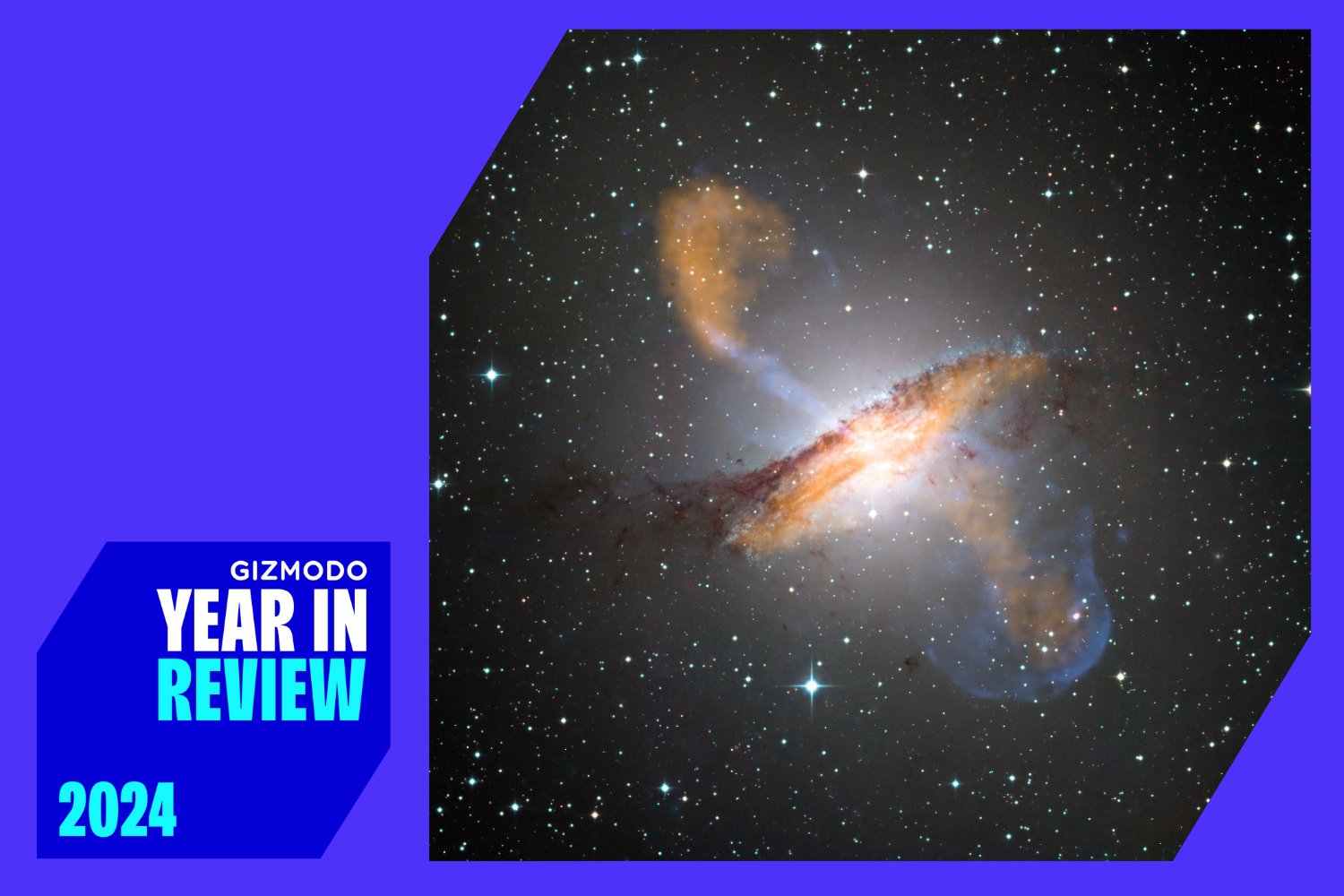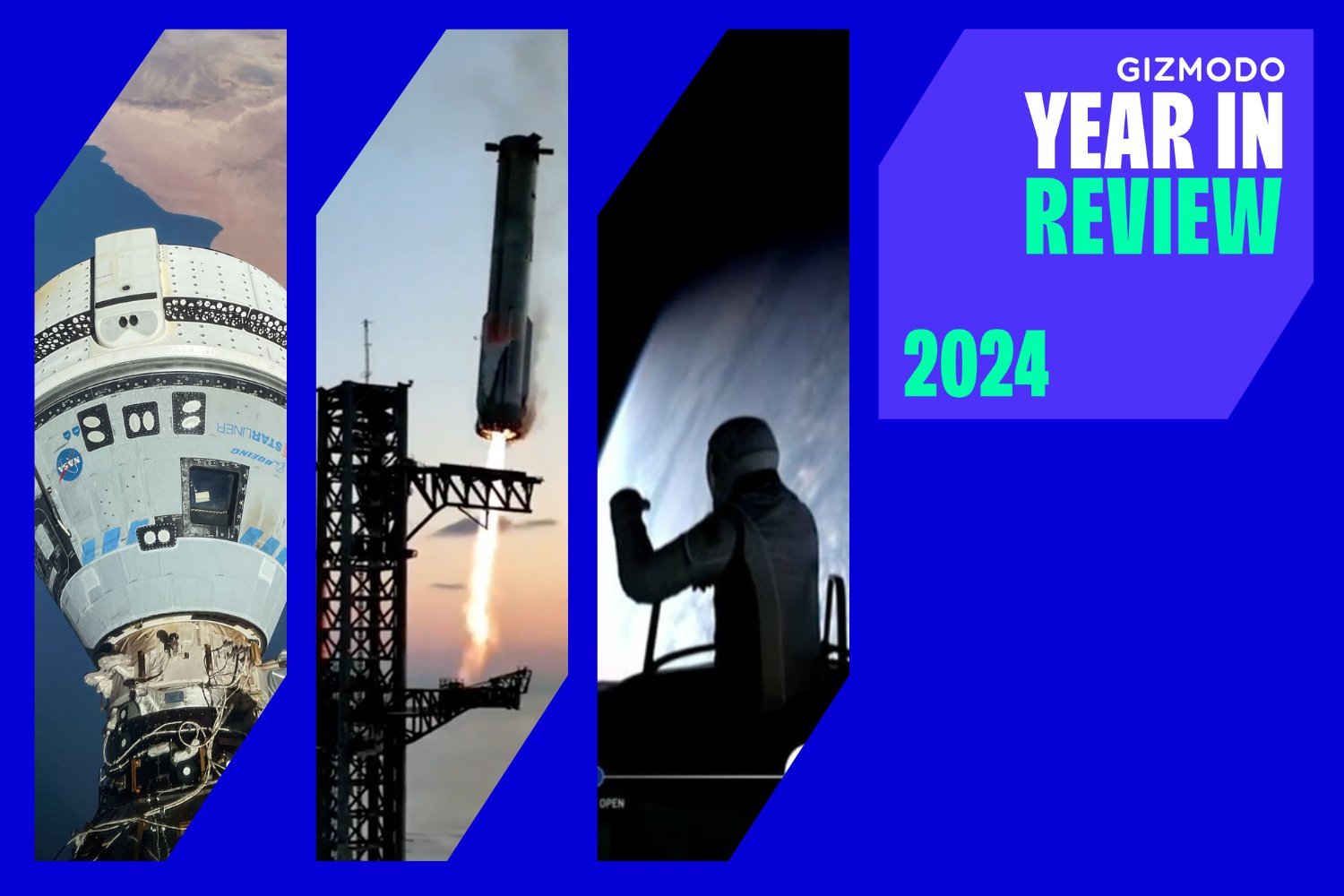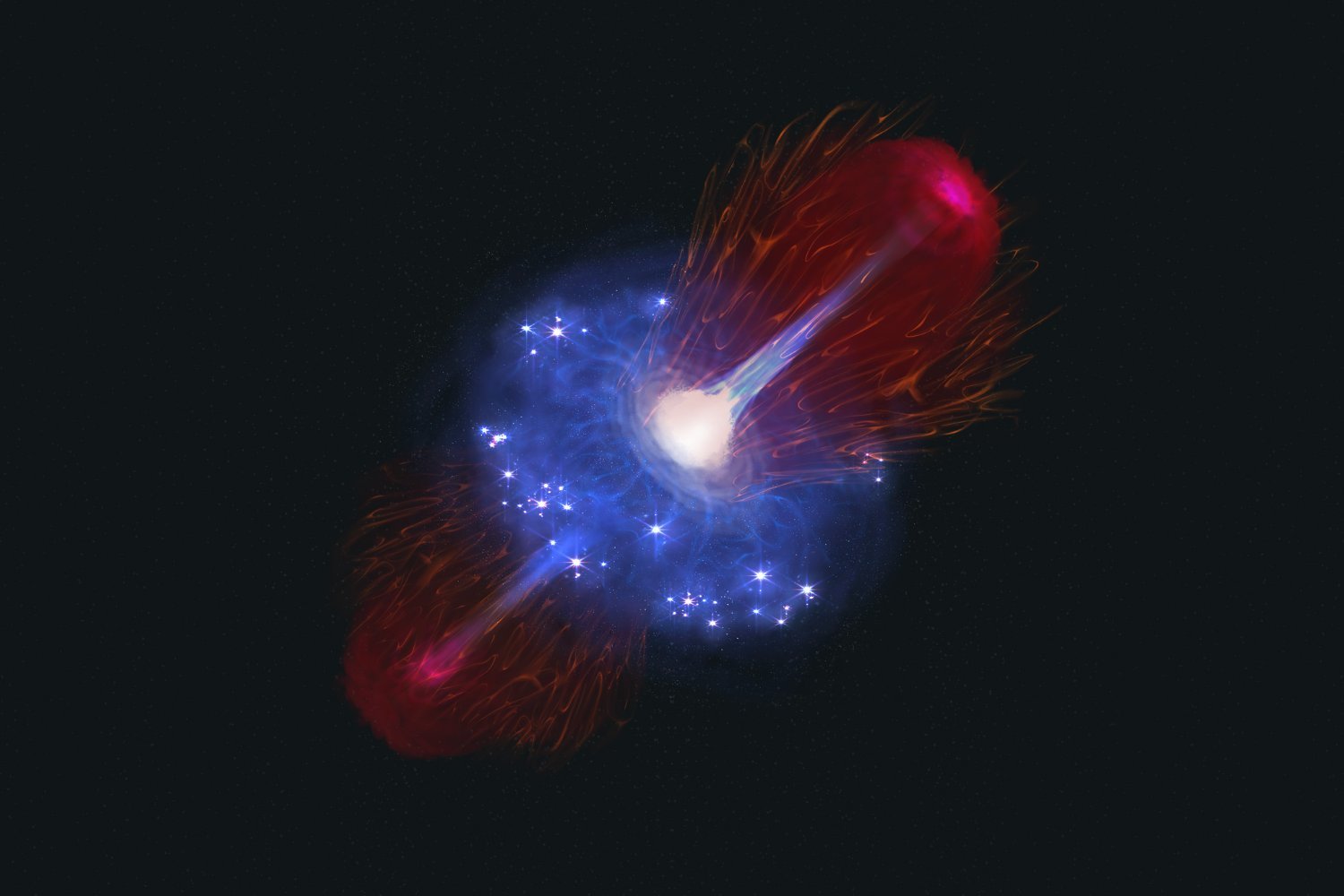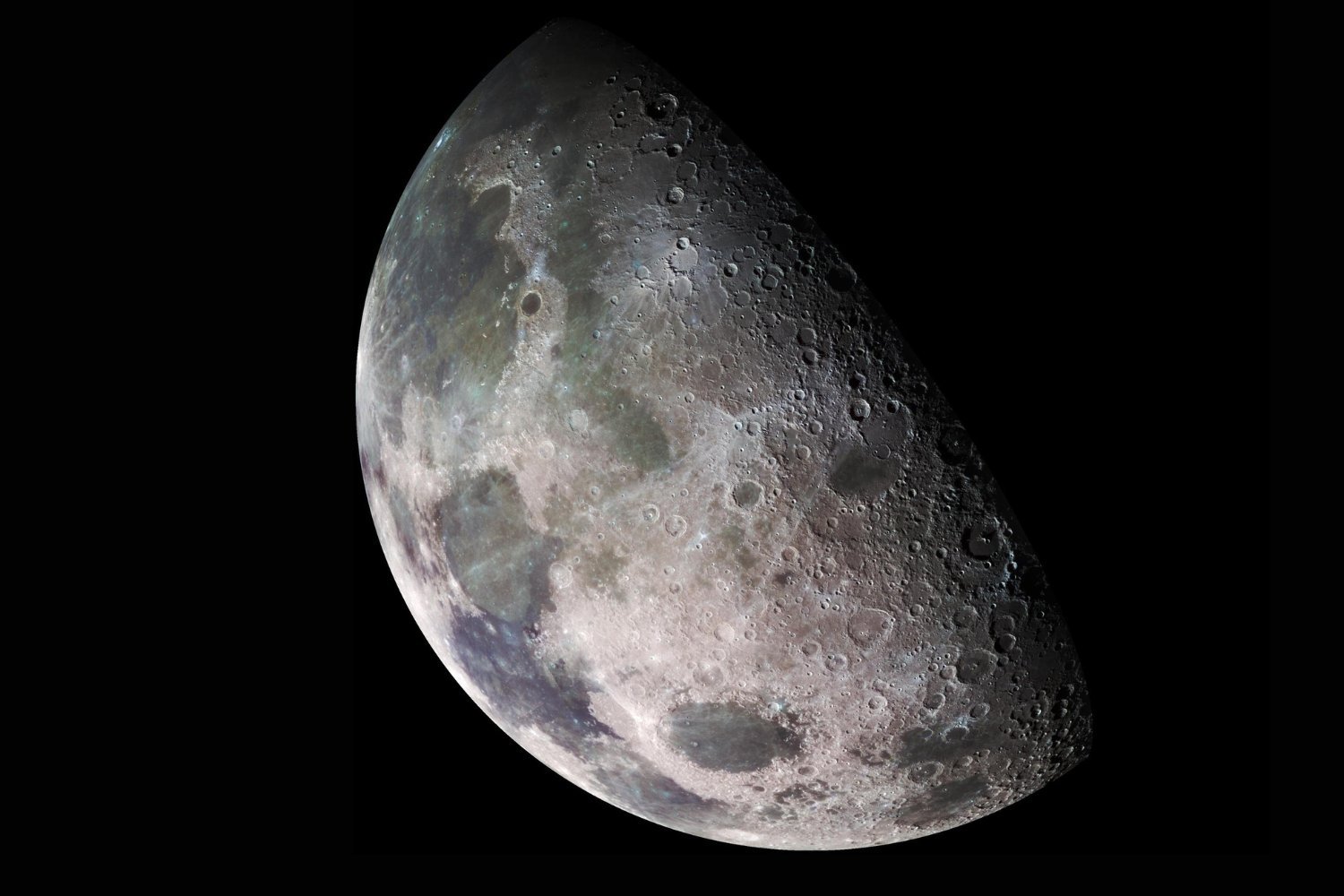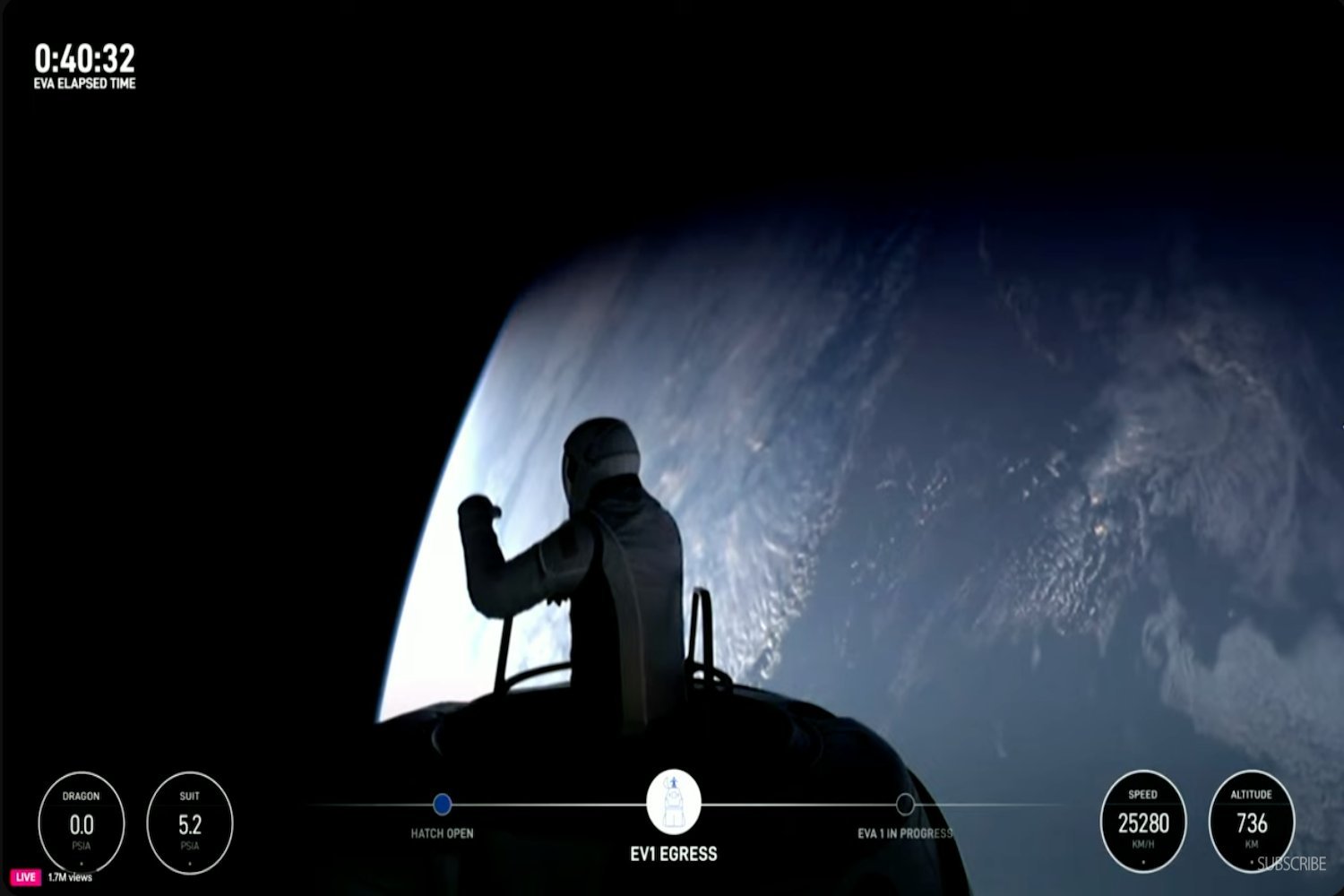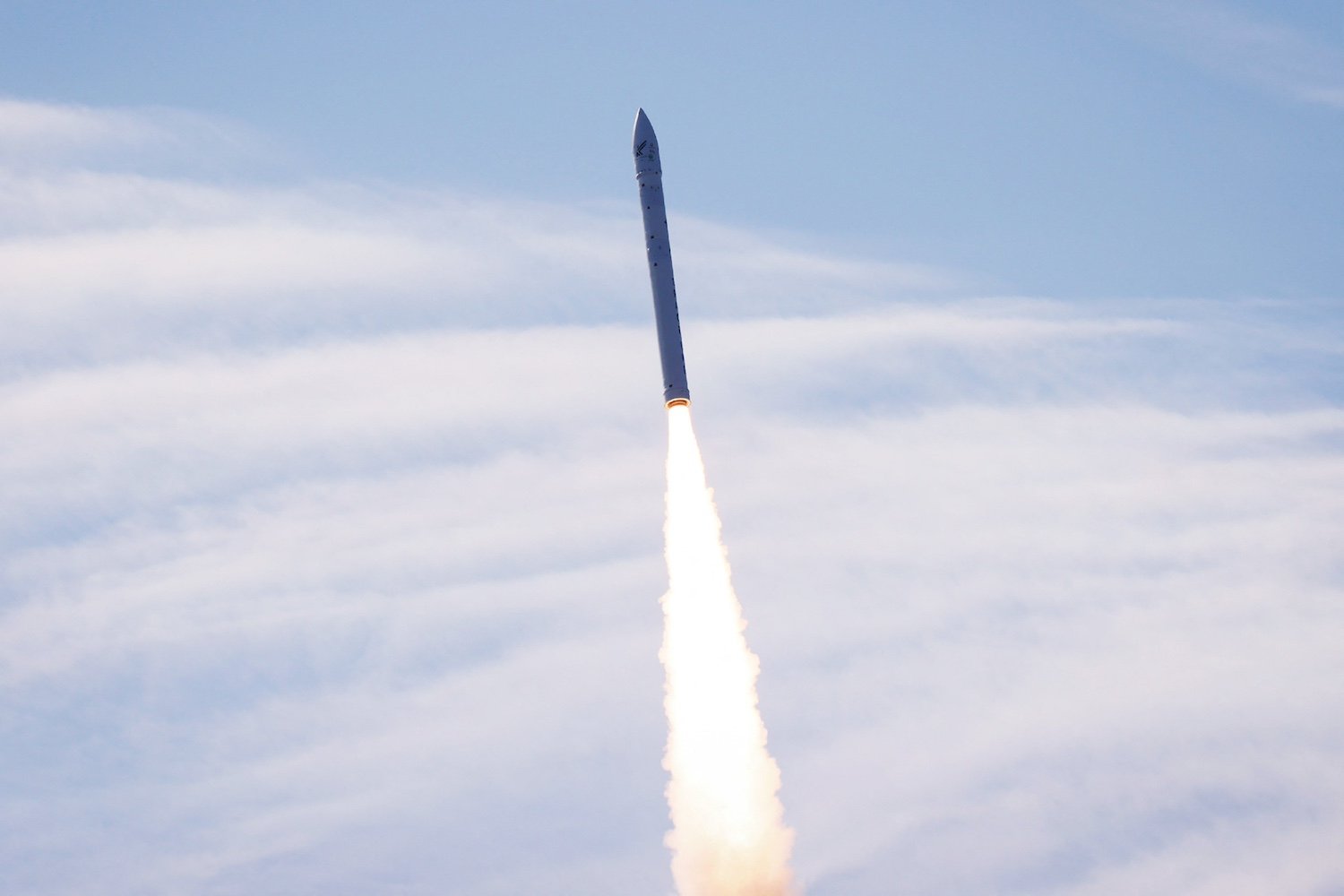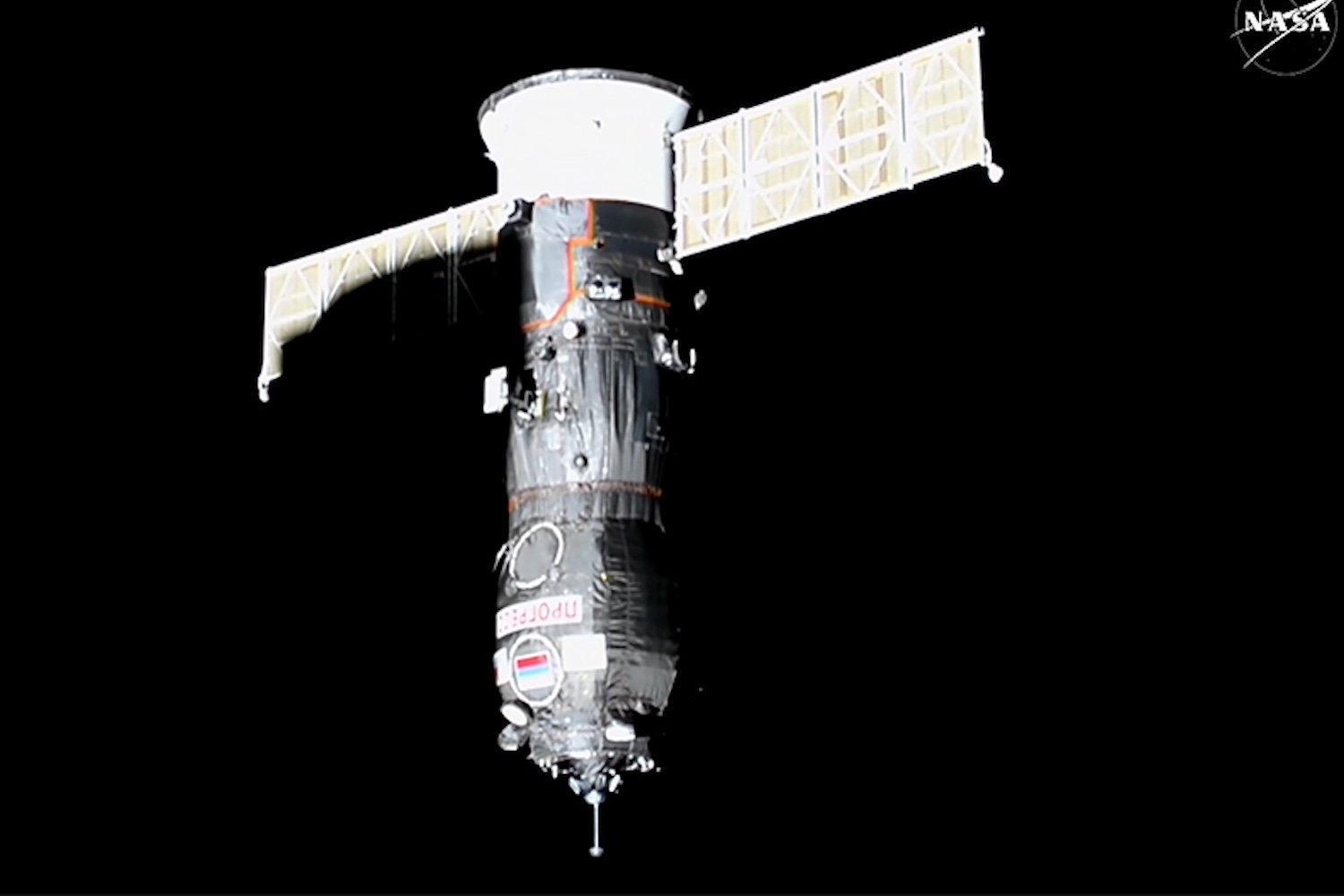Primordial black holes (PBHs), hypothetical remnants of the Big Bang, have long captivated cosmologists. These ancient, dense objects, distinct from stellar black holes formed by collapsing stars, may hold clues to the universe’s earliest moments. A recent study proposes a novel approach to PBH detection, suggesting their presence might be revealed within hollow celestial bodies and even objects on Earth.
The study, published in Physics of the Dark Universe, explores the possibility of identifying PBH signatures by examining microscopic tunnels they might leave behind. Traditional methods for detecting PBHs have proven unsuccessful, prompting researchers to explore unconventional avenues. “We have to think outside of the box because what has been done to find primordial black holes previously hasn’t worked,” explains Dejan Stojkovic of the University at Buffalo.
PBHs are thought to have formed shortly after the Big Bang from collapsing regions of dense space, predating the formation of stars. Some theories even propose that PBHs could constitute dark matter, the elusive substance comprising a significant portion of the universe’s mass. “Small primordial black holes (PBHs) are perhaps the most interesting and intriguing relics from the early universe,” the researchers note.
Stojkovic and his colleague, De-Chang Dai, calculated that a fast-moving PBH with a mass of 2.2 x 10^19 pounds passing through a solid object would create a tunnel approximately 0.1 micron wide. While minuscule, such tunnels are potentially detectable with advanced microscopy, offering a tangible way to search for PBH evidence in everyday objects.
Older objects have a marginally higher probability of containing a PBH tunnel, though the odds remain incredibly small. The probability of a PBH passing through a billion-year-old boulder is estimated at 0.000001 percent, a figure that, while low, is not zero. “The chances of finding these signatures are small, but searching for them would not require much resources and the potential payoff, the first evidence of a primordial black hole, would be immense,” Stojkovic states.
The likelihood of a PBH passing through a human body is even lower. However, the researchers suggest that even if such an event occurred, significant injury would be unlikely. Due to the high speed of a PBH and the low tension of human tissue, it would likely pass through without causing substantial damage, much like a bullet through a window. “If a projectile is moving through a medium faster than the speed of sound, the medium’s molecular structure doesn’t have time to respond,” Stojkovic explains.
The researchers also suggest searching for PBH signatures in celestial bodies with unexpectedly low masses. They theorize that a PBH captured within a planet, moon, or asteroid with a liquid core could absorb the core, hollowing out the body. Conversely, celestial bodies lacking a liquid core would exhibit micro-tunnels similar to those found in terrestrial objects.
This leads to the recommendation that astronomers seek out celestial bodies with significantly lower densities than anticipated, and smaller than one-tenth of Earth’s radius. Larger bodies with hollowed-out cores would likely collapse under their own gravity. While these parameters are unconventional, the researchers emphasize the need for innovative approaches to address longstanding unsolved problems in cosmology.
These novel ideas offer a fresh perspective in the search for primordial black holes. While the chances of encountering a PBH tunnel are slim, the potential scientific rewards are substantial. The ongoing exploration of these elusive objects promises to further our understanding of the universe’s origins and evolution.



